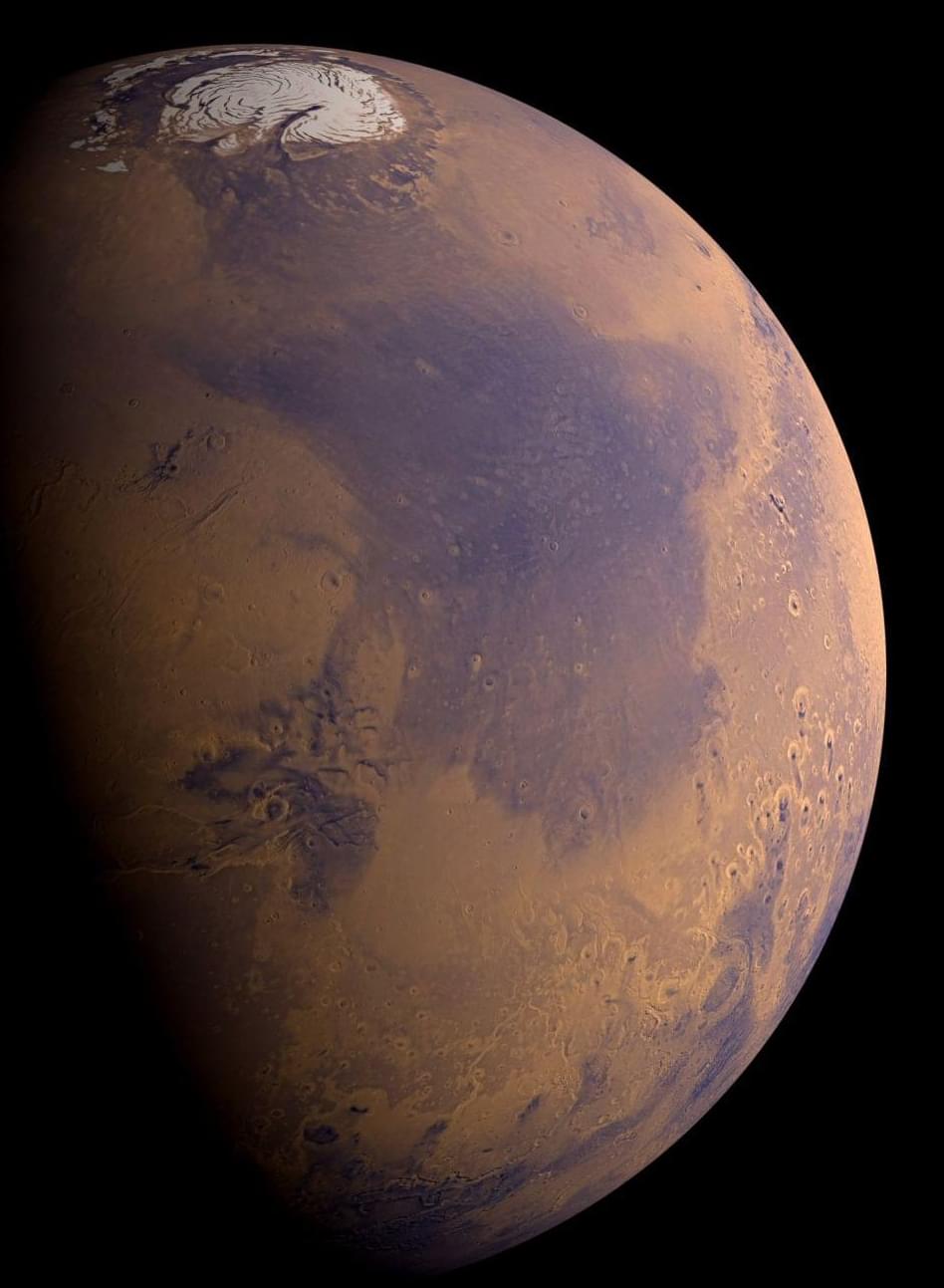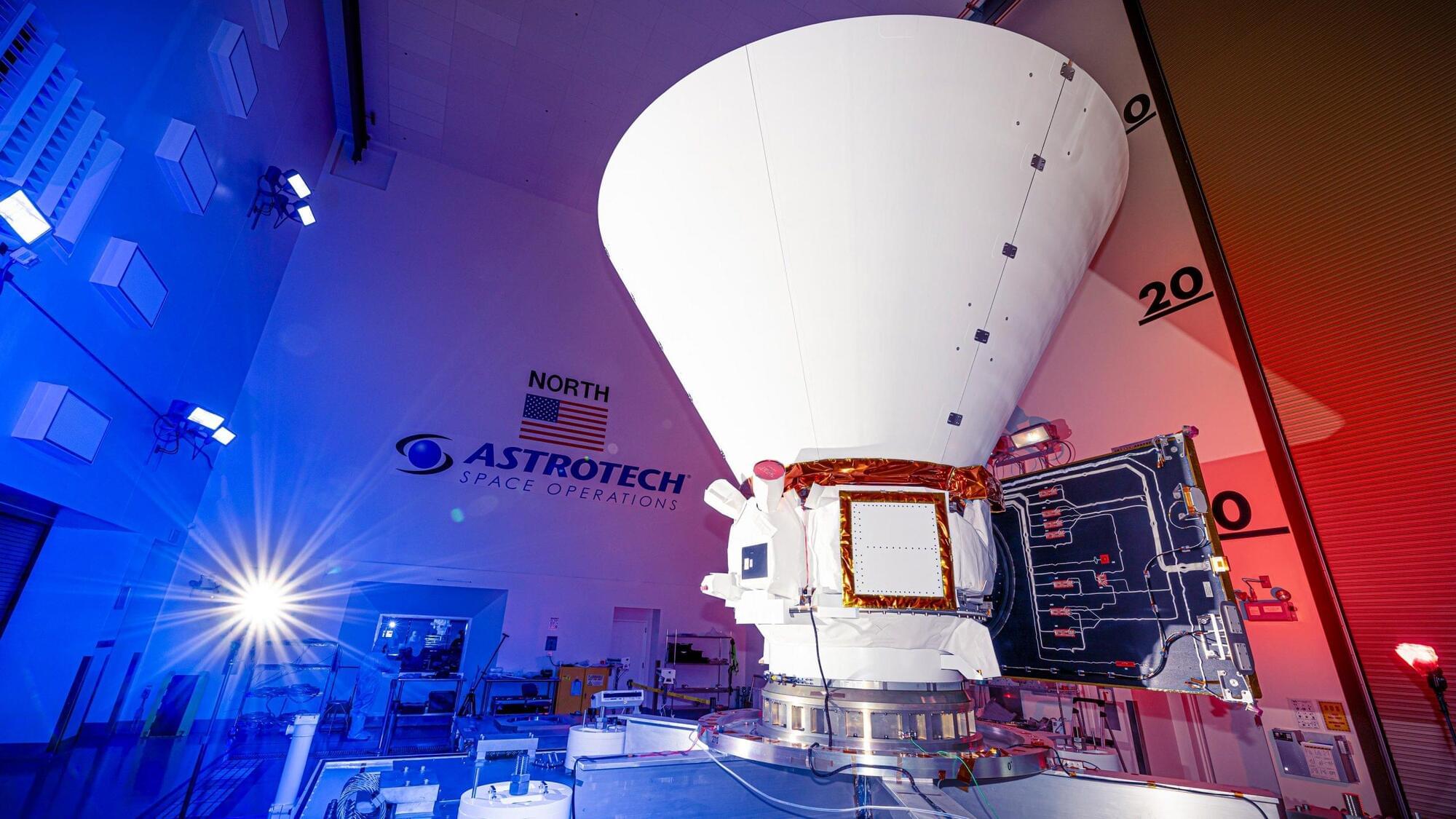A ‘briny broth’ may unlock the secrets of life on Earth… and further afield.



My short story has been published by White Cat Publications! It features the idea of deliberately kicking off life on other planets by seeding them with engineered microorganisms, potentially leading to new civilizations in the distant future! #sciencefiction
By Logan Thrasher Collins.
“Wait up Jimmy!” Katrina called after her brother as he clambered up the snowy hill towards the launch facility. He turned back to her, cheeks pink and eyes bright. It was a cold clear night. Snowflakes drifted on the breeze, glowing against the light from the facility’s bulbs.
“Sorry Kat. Just excited.” Jimmy held up the capsule containing the bacteria that he and Katrina had engineered using old lab equipment in their parents’ garage after school. They had not yet started high school, so they had taught themselves the rudiments of the biological sciences through books and the internet. After finding the old rocket in the facility and hatching their plan, they had spent many late nights deciphering passages from journal articles and laboratory protocols. At last, they were ready to send their engineered bacteria into outer space.
Gravity shapes our universe, but could we one day shape gravity? Join us as we explore the possibilities of gravity technology, from artificial gravity and interstellar travel to terraforming and cosmic engineering.
Watch my exclusive video Big Alien Theory https://nebula.tv/videos/isaacarthur–… Nebula using my link for 40% off an annual subscription: https://go.nebula.tv/isaacarthur Get a Lifetime Membership to Nebula for only $300: https://go.nebula.tv/lifetime?ref=isa… Use the link gift.nebula.tv/isaacarthur to give a year of Nebula to a friend for just $30. Visit our Website: http://www.isaacarthur.net Join Nebula: https://go.nebula.tv/isaacarthur Support us on Patreon: / isaacarthur Support us on Subscribestar: https://www.subscribestar.com/isaac-a… Facebook Group:
/ 1,583,992,725,237,264 Reddit:
/ isaacarthur Twitter:
/ isaac_a_arthur on Twitter and RT our future content. SFIA Discord Server:
/ discord Credits: Black Sun Rising: Living On A Planet Around A Black Hole Credits: Gravity Tech Episode 488; February 27, 2025 Written, Produced & Narrated by: Isaac Arthur Editor: Donagh Broderick Graphics: Jeremy Jozwik, LegionTech Studios, Sergio Botero Select imagery/video supplied by Getty Images Music Courtesy of Epidemic Sound http://epidemicsound.com/creator Phase Shift, “Forest Night” Chris Zabriskie, “Unfoldment, Revealment”, “A New Day in a New Sector”, Stellardrone, “Red Giant”, “Billions and Billions“
Get Nebula using my link for 40% off an annual subscription: https://go.nebula.tv/isaacarthur.
Get a Lifetime Membership to Nebula for only $300: https://go.nebula.tv/lifetime?ref=isa…
Use the link gift.nebula.tv/isaacarthur to give a year of Nebula to a friend for just $30.
Visit our Website: http://www.isaacarthur.net.
Join Nebula: https://go.nebula.tv/isaacarthur.
Support us on Patreon: / isaacarthur.
Support us on Subscribestar: https://www.subscribestar.com/isaac-a…
Facebook Group: / 1583992725237264
Reddit: / isaacarthur.
Twitter: / isaac_a_arthur on Twitter and RT our future content.
SFIA Discord Server: / discord.
Credits:
Black Sun Rising: Living On A Planet Around A Black Hole.
Credits:
Gravity Tech.
Episode 488; February 27, 2025
Written, Produced & Narrated by: Isaac Arthur.
Editor: Donagh Broderick.
Graphics: Jeremy Jozwik, LegionTech Studios, Sergio Botero.
Select imagery/video supplied by Getty Images.
Music Courtesy of Epidemic Sound http://epidemicsound.com/creator.
Phase Shift, \
HD 20,794D, a planet six times the mass of Earth, orbits a Sun-like star just 20 light-years away. Its presence was confirmed after years of meticulous analysis, overcoming the limits of detection technology.
Although it lies in the habitable zone, its elliptical orbit presents challenges in determining its true potential for life. Future telescopes may soon provide deeper insights into its atmosphere, making this one of the most exciting exoplanet.
An exoplanet (or extrasolar planet) is a planet that is located outside our Solar System, orbiting around a star other than the Sun. The first suspected scientific detection of an exoplanet occurred in 1988, with the first confirmation of detection coming in 1992.

What tests can be performed on Earth to help us find signs of ancient life on Mars? This is what a recent study published in Frontiers in Astronomy and Space Sciences hopes to address as a team of researchers investigated how scientific methods used on Earth to identify fossilized microbial life could be used on a future mission to Mars to identify similar microfossils on the Red Planet. This study has the potential to help researchers develop more efficient methods in finding ancient life on Mars, which has long been the driving force behind exploring the Red Planet.
For the study, the researchers used a laser-powered mass spectrometer to identify microfossils in gypsum deposits in Algeria with the goal of using similar instruments on future missions to Mars. Mass spectrometers are used for classifying the chemical characteristics and structures of molecules while gypsum is a widely used mineral on Earth that is formed when water evaporates. On Mars, hydrated sulfate deposits, which contain water molecules, have been identified across the Martian surface, so using gypsum is an appropriate analog to study in preparation for future missions to Mars. In the end, the researchers successfully identified microfossils within the gypsum deposits using their laser-powered mass spectrometer.
“Our findings provide a methodological framework for detecting biosignatures in Martian sulfate minerals, potentially guiding future Mars exploration missions,” said Youcef Sellam, who is a PhD student at the University of Bern and first author of the study. “Our laser ablation ionization mass spectrometer, a spaceflight-prototype instrument, can effectively detect biosignatures in sulfate minerals. This technology could be integrated into future Mars rovers or landers for in-situ analysis.”

Could a planet orbiting a black hole sustain life? We dive into the challenges and wonders of living in such an extreme cosmic environment. Discover what it might be like to live near a black hole, where time slows, gravity warps, and the universe takes on a truly alien form.
Watch my exclusive video Big Alien Theory https://nebula.tv/videos/isaacarthur–… Nebula using my link for 40% off an annual subscription: https://go.nebula.tv/isaacarthur Get a Lifetime Membership to Nebula for only $300: https://go.nebula.tv/lifetime?ref=isa… Use the link gift.nebula.tv/isaacarthur to give a year of Nebula to a friend for just $30. Visit our Website: http://www.isaacarthur.net Join Nebula: https://go.nebula.tv/isaacarthur Support us on Patreon: / isaacarthur Support us on Subscribestar: https://www.subscribestar.com/isaac-a… Facebook Group:
/ 1,583,992,725,237,264 Reddit:
/ isaacarthur Twitter:
/ isaac_a_arthur on Twitter and RT our future content. SFIA Discord Server:
/ discord Credits: Black Sun Rising: Living On A Planet Around A Black Hole Episode 487; February 20, 2025 Written, Produced & Narrated by: Isaac Arthur Editor: Briana Brownell Graphics: Jeremy Jozwik, Ken York YD Visual, Udo Scroeter Select imagery/video supplied by Getty Images Music Courtesy of Epidemic Sound http://epidemicsound.com/creator Phase Shift, “Forest Night” Chris Zabriskie, “Unfoldment, Revealment”, “A New Day in a New Sector”, “Oxygen Garden” Stellardrone, “Red Giant”, “Billions and Billions“
Get Nebula using my link for 40% off an annual subscription: https://go.nebula.tv/isaacarthur.
Get a Lifetime Membership to Nebula for only $300: https://go.nebula.tv/lifetime?ref=isa…
Use the link gift.nebula.tv/isaacarthur to give a year of Nebula to a friend for just $30.
Visit our Website: http://www.isaacarthur.net.
Join Nebula: https://go.nebula.tv/isaacarthur.
Support us on Patreon: / isaacarthur.
Support us on Subscribestar: https://www.subscribestar.com/isaac-a…
Facebook Group: / 1583992725237264
Reddit: / isaacarthur.
Twitter: / isaac_a_arthur on Twitter and RT our future content.
SFIA Discord Server: / discord.
Credits:
Black Sun Rising: Living On A Planet Around A Black Hole.
Episode 487; February 20, 2025
Written, Produced & Narrated by: Isaac Arthur.
Editor: Briana Brownell.
Graphics: Jeremy Jozwik, Ken York YD Visual, Udo Scroeter.
Select imagery/video supplied by Getty Images.
Music Courtesy of Epidemic Sound http://epidemicsound.com/creator.
Phase Shift, \

NASA and SpaceX Adjust Launch Schedule
NASA and SpaceX are now targeting Friday, February 28, for the launch of the SPHEREx and PUNCH missions, with liftoff scheduled no earlier than 10:09 p.m. EST
EST is an abbreviation for Eastern Standard Time, the time zone for the eastern coast of the United States and Canada when observing standard time (autumn/winter). It is five hours behind Coordinated Universal Time. New York City, Washington, D.C., Boston, and the Kennedy Space Center are in the Eastern Time Zone (ET).
Riverworld.
Imagine a world stretched along a single, endless river inside a colossal space megastructure. Explore the fascinating concept of the Topopolis, a futuristic habitat billions of miles long, where humanity might thrive in a sprawling civilization bound by physics, engineering, and imagination.
Watch my exclusive video Big Alien Theory https://nebula.tv/videos/isaacarthur–… Nebula using my link for 40% off an annual subscription: https://go.nebula.tv/isaacarthur Get a Lifetime Membership to Nebula for only $300: https://go.nebula.tv/lifetime?ref=isa… Use the link gift.nebula.tv/isaacarthur to give a year of Nebula to a friend for just $30. Visit our Website: http://www.isaacarthur.net Join Nebula: https://go.nebula.tv/isaacarthur Support us on Patreon: / isaacarthur Support us on Subscribestar: https://www.subscribestar.com/isaac-a… Facebook Group:
/ 1,583,992,725,237,264 Reddit:
/ isaacarthur Twitter:
/ isaac_a_arthur on Twitter and RT our future content. SFIA Discord Server:
/ discord Credits: Topopolis: The Eternal River Episode 487a; February 23, 2025 Written, Produced & Narrated by: Isaac Arthur Graphics: Apogii.uk, Ken York YD Visual, Steve Bowers, Udo Scroeter Select imagery/video supplied by Getty Images Music Courtesy of Epidemic Sound http://epidemicsound.com/creator.
Get Nebula using my link for 40% off an annual subscription: https://go.nebula.tv/isaacarthur.
Get a Lifetime Membership to Nebula for only $300: https://go.nebula.tv/lifetime?ref=isa…
Use the link gift.nebula.tv/isaacarthur to give a year of Nebula to a friend for just $30.
Visit our Website: http://www.isaacarthur.net.
Join Nebula: https://go.nebula.tv/isaacarthur.
Support us on Patreon: / isaacarthur.
Support us on Subscribestar: https://www.subscribestar.com/isaac-a…
Facebook Group: / 1583992725237264
Reddit: / isaacarthur.
Twitter: / isaac_a_arthur on Twitter and RT our future content.
SFIA Discord Server: / discord.
Credits:
Topopolis: The Eternal River.
Episode 487a; February 23, 2025
Written, Produced & Narrated by: Isaac Arthur.
Graphics: Apogii.uk, Ken York YD Visual, Steve Bowers, Udo Scroeter.
Select imagery/video supplied by Getty Images.
Music Courtesy of Epidemic Sound http://epidemicsound.com/creator

Searching for life in alien oceans may be more difficult than scientists previously thought, even when we can sample these extraterrestrial waters directly.
A new study focusing on Enceladus, a moon of Saturn that sprays its ocean water into space through cracks in its icy surface, shows that the physics of alien oceans could prevent evidence of deep-sea life from reaching places where we can detect it.
Published today (Thursday, 6 February 2025) in Communications Earth and Environment, the study shows how Enceladus’s ocean forms distinct layers that dramatically slow the movement of material from the ocean floor to the surface.